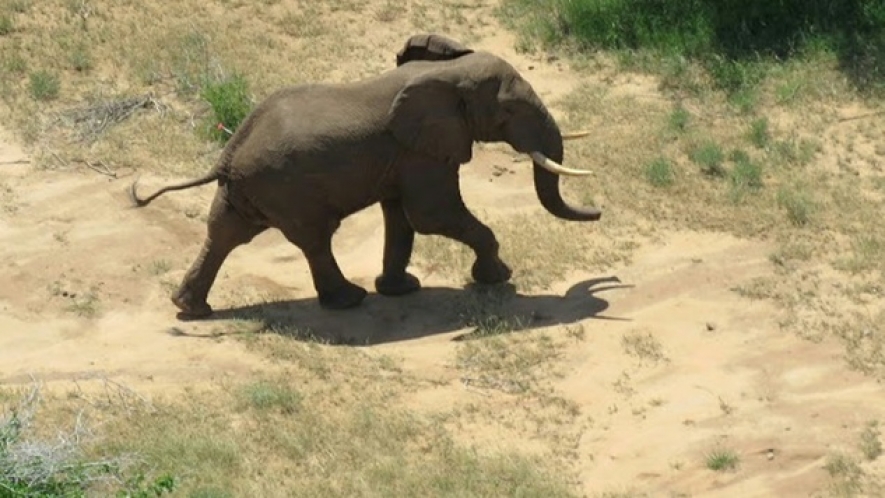Morgan, a male bull in his 30s, was fitted with a tracking collar in December in Kenya's coastal Tana River Delta, but in mid-February began an unexpected march northwards to Somalia, reaching the border nearly three weeks later.
His march has excited conservationists who say it shows the elephant remembered ancient routes after decades of absence due to war.
"He obviously had something in his mind about where he's going," said Iain Douglas-Hamilton of Save the Elephants, a conservation organisation that has put tracking collars on hundreds of African elephants.
Morgan's journey suggests that the Kenya-Somalia border area is becoming less dangerous and that if security were to return to southern Somalia so might the exiled elephants.
From Tana River, Morgan trudged 20 kilometres (12 miles) on the first night and then hid in thick forest the following day, before continuing his march under cover of darkness. He maintained this pattern for the next 18 days.
"He's adopted this extreme form of survival strategy to traverse one of the most dangerous places for elephants in their African range," said Douglas-Hamilton.
African elephants are threatened everywhere by criminal poaching gangs and armed groups, who kill them for their tusks, the ivory fetching around $1,100 (1,000 euros) per kilogramme (2.2 pounds) in China.
- AFP



















